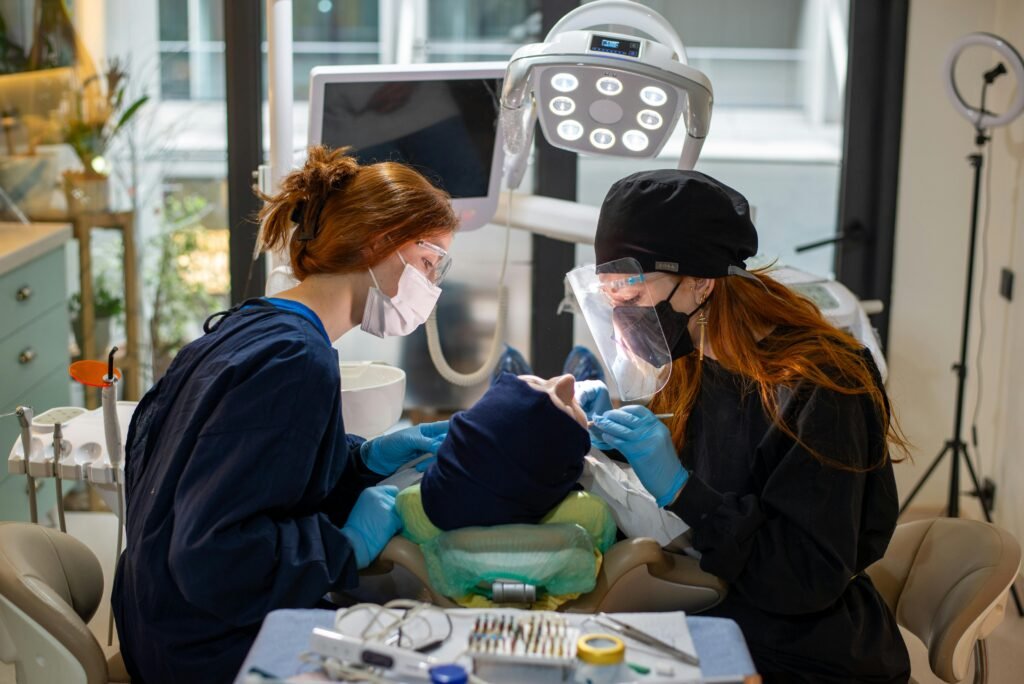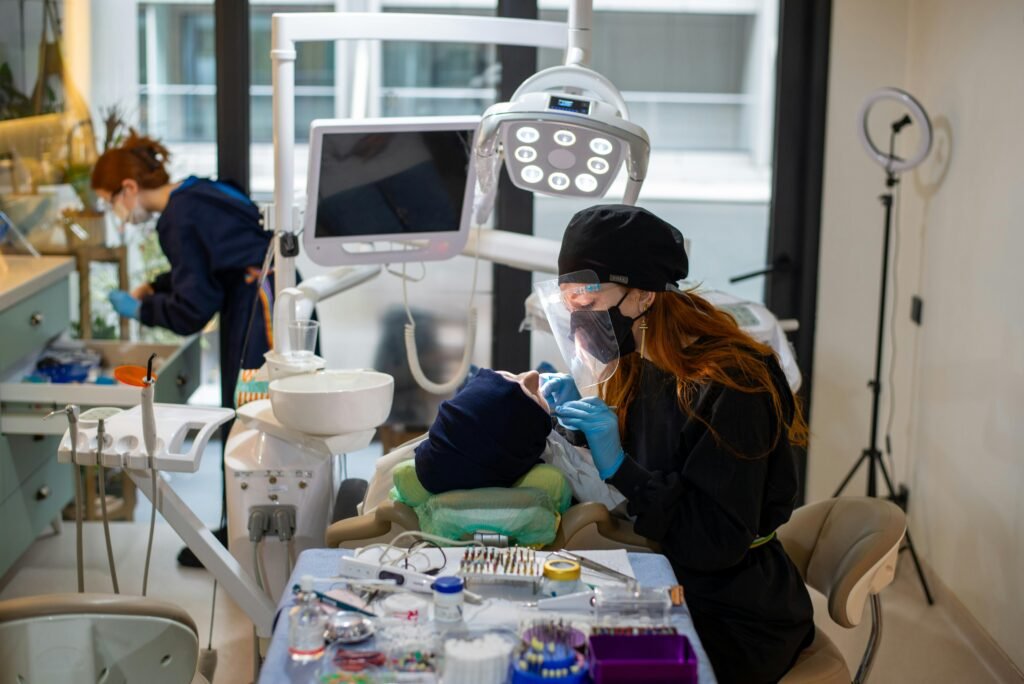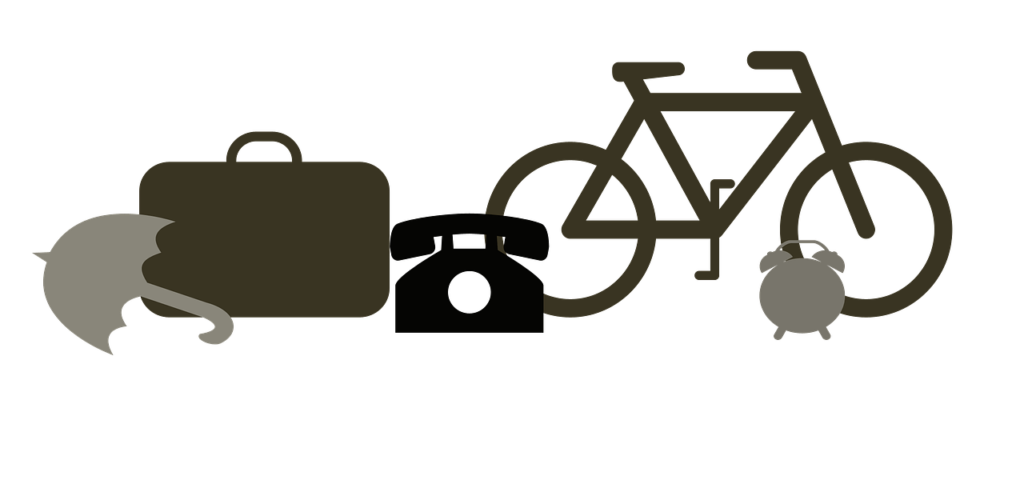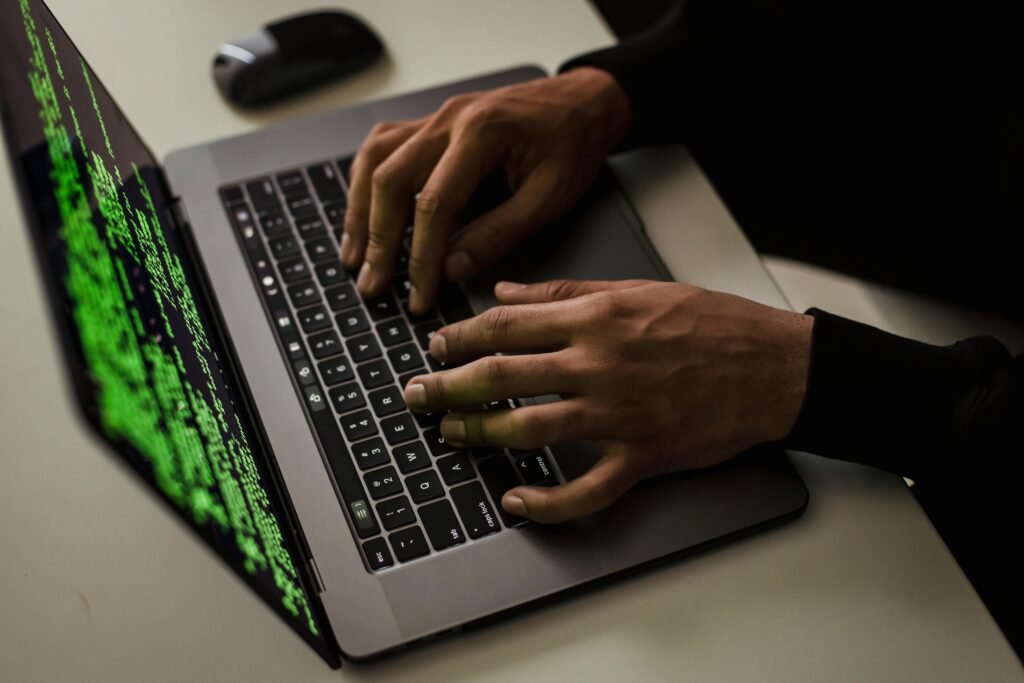
Are you thinking about investing in a new set of exercise equipment, but hesitant about the high price tags? Look no further! In this article, we will explore the worth of previously-owned fitness equipment and help you assess its value. Whether you’re a seasoned fitness enthusiast or just starting your journey, we’ll uncover the benefits and drawbacks of purchasing pre-owned equipment, share tips on what to look for, and provide insights on where to find the best deals. Get ready to save money and discover the hidden gems that can truly enhance your fitness regime.

This image is property of images.pexels.com.
Benefits of buying pre-owned fitness equipment
Cost savings
One of the major advantages of buying pre-owned fitness equipment is the cost savings. Compared to purchasing brand new equipment, buying pre-owned allows you to get exercise machines at a significantly lower price. This is especially appealing for individuals who are on a tight budget or simply prefer not to spend a large amount of money on fitness equipment. By opting for pre-owned items, you can stretch your budget and potentially afford higher-quality equipment that might have been outside your price range when new.
Wider variety of options
Another benefit of buying pre-owned fitness equipment is the wider variety of options available to you. When shopping for new equipment, you are limited to the current models and styles on the market. However, in the pre-owned market, you have the opportunity to find older models that may suit your needs better or even discover unique and hard-to-find pieces of equipment. This broader range of options allows you to find the equipment that best fits your preferences and requirements for your fitness routine.
Reduced depreciation
Fitness equipment generally depreciates quickly in value, especially when compared to other purchases. By buying pre-owned, you can avoid the initial depreciation hit that occurs when equipment is purchased new. This means that if you decide to resell the equipment in the future, you have a higher chance of recouping a larger portion of your investment. By purchasing pre-owned fitness equipment, you are essentially benefiting from someone else’s initial depreciation, helping you to maintain the value of your purchase.
Opportunity to try different equipment
Buying pre-owned fitness equipment provides you with the opportunity to try different types of equipment without committing to a high-cost investment. If you’re unsure about a particular machine but still want to give it a try, buying pre-owned allows you to do so without the financial risk of purchasing new equipment that you may end up not enjoying or using as often. This can be particularly beneficial if you’re a beginner looking for the right equipment that suits your preferences and fitness goals.
Factors to consider when buying pre-owned fitness equipment
Condition of the equipment
The condition of the pre-owned fitness equipment is of utmost importance. Before making a purchase, thoroughly inspect the equipment to ensure it is in good working order. Check for any signs of damage or excessive wear and tear, such as rust, broken parts, or frayed cables. It’s also important to test the functionality of the equipment to ensure it operates smoothly and safely.
Brand reputation
Consider the reputation of the brand when buying pre-owned fitness equipment. Brands with a history of producing high-quality and durable equipment are more likely to have machines that hold their value and perform well even after being used by previous owners. Research different brands and their track records to find those that are known for their reliability and longevity in the fitness industry.
Seller credibility
When purchasing pre-owned fitness equipment, it’s important to consider the credibility of the seller. Buying from a reputable seller reduces the risk of purchasing faulty or misrepresented equipment. Look for sellers with positive reviews and ratings, as well as those who provide detailed descriptions and photos of the equipment. If possible, try to find sellers who offer warranties or return policies to ensure your satisfaction with the purchase.
Availability of spare parts
Before buying pre-owned fitness equipment, consider the availability of spare parts. If the equipment requires regular maintenance or replacement parts, it’s essential to ensure that these parts are still readily available in the market. This will prevent any difficulties or delays in the future if you need to repair or replace certain components.
Warranty and return policies
Check if the pre-owned fitness equipment comes with any warranty or return policies. While these may not be as comprehensive as those for new equipment, they can still provide some level of protection and assurance for your purchase. A strong warranty or return policy can give you peace of mind, knowing that you have recourse if you encounter any issues with the equipment shortly after purchase.

This image is property of images.pexels.com.
Determining the worth of pre-owned fitness equipment
Researching the original price
To determine the worth of pre-owned fitness equipment, start by researching the original price of the equipment when it was new. This will give you a baseline to compare against and help you assess whether the pre-owned price is reasonable or overpriced. Take into consideration factors such as the brand, model, year of manufacture, and any additional features or accessories that may have been included originally.
Assessing the condition
The condition of the pre-owned fitness equipment plays a significant role in determining its worth. A well-maintained machine with minimal signs of wear and tear is more valuable than one that is heavily damaged or shows signs of neglect. Consider the overall appearance, functionality, and structural integrity of the equipment when assessing its condition.
Checking for wear and tear
Inspect the pre-owned fitness equipment for any visible wear and tear. Look for scratches, dents, or other physical damages that may affect the equipment’s performance or aesthetics. Pay attention to the condition of the surfaces, handles, buttons, and display screens. Additionally, check if any moving parts, such as belts or pulleys, are worn out and in need of replacement.
Inspecting functionality
Test the different functions and features of the pre-owned fitness equipment to ensure they work properly. Test the resistance levels, incline or decline settings, speed options, and any electronic features or programs. This will give you a better understanding of how well the equipment performs and whether or not it meets your specific fitness needs.
Evaluating age and usage
Consider the age of the pre-owned fitness equipment and the amount of usage it has had. Older equipment may have more wear and tear, and certain components may be more prone to failure. Additionally, heavy usage, such as in a commercial gym setting, may cause the equipment to deteriorate faster compared to equipment used in a residential setting. Take these factors into account when determining the worth of the equipment.
Considering advancements in technology
Keep in mind the advancements in fitness equipment technology when assessing the worth of pre-owned equipment. Older models may lack the latest features or technological advancements available in newer equipment. Consider whether having the latest technology is important to you, and factor that into your decision-making process.
Popular types of pre-owned fitness equipment
Treadmills
Pre-owned treadmills are highly sought after due to their versatility and ability to provide effective cardio workouts. When buying a pre-owned treadmill, consider factors such as the motor power, belt size, incline options, and the availability of built-in workout programs. Ensure that the treadmill is in good working condition and capable of supporting your weight and preferred workout intensity.
Ellipticals
Pre-owned elliptical machines are also popular choices for home workouts. They provide low-impact workouts that target multiple muscle groups simultaneously. When purchasing a pre-owned elliptical, check the stride length, resistance levels, display consoles, and any additional features like heart rate monitors or built-in workout programs. Test the elliptical to ensure the elliptical motion is smooth and there are no unusual noises or issues.
Exercise bikes
Exercise bikes are versatile and widely used for cardiovascular workouts. When considering pre-owned exercise bikes, factors to consider include the type of bike (upright, recumbent, or spin), adjustability of the seat and handlebars, resistance levels, and any built-in workouts or tracking features. Check that the pedals, seat, and handlebars are adjustable and that the resistance mechanism is functioning properly.
Rowing machines
Rowing machines provide a full-body workout, targeting both the upper and lower body muscles. When buying a pre-owned rowing machine, factors to consider include the resistance type (water, air, magnetic, or hydraulic), the comfort of the seat and handlebars, the display console, and the structural integrity of the machine. Test the rowing machine to ensure smooth and consistent resistance throughout the rowing motion.
Strength training equipment
Pre-owned strength training equipment, such as weight benches, dumbbells, and barbells, are popular choices for individuals looking to build muscle and strength. When purchasing pre-owned strength training equipment, inspect for any signs of wear or damage. Ensure that the equipment is sturdy and can safely handle the weight you plan to use. Consider the type of exercises you want to perform and whether the equipment will accommodate your specific needs.

This image is property of images.pexels.com.
Where to buy pre-owned fitness equipment
Online marketplaces
Online marketplaces, such as eBay, Craigslist, and Facebook Marketplace, offer a wide selection of pre-owned fitness equipment. These platforms allow you to search for specific items, compare prices, and directly contact sellers. However, be cautious when buying online and ensure that you thoroughly research the seller and the equipment before making a purchase.
Specialized fitness equipment stores
Some specialized fitness equipment stores also offer pre-owned equipment alongside new items. These stores often refurbish and inspect the pre-owned equipment to ensure it’s in good working condition. Buying from these stores can provide added peace of mind knowing that the equipment has been professionally inspected.
Garage sales and classified ads
Garage sales and classified ads in local newspapers or online platforms can be a great way to find pre-owned fitness equipment. While the selection may not be as extensive as online marketplaces, you may come across hidden gems at more affordable prices. Be sure to carefully inspect the equipment and negotiate the price if needed.
Local gyms and fitness centers
Local gyms and fitness centers sometimes sell their older equipment to make room for newer models. Contact gyms in your area to inquire if they have any pre-owned equipment for sale. This can be a great opportunity to purchase commercial-grade equipment that has been well-maintained and serviced regularly.
Ensuring the safety of pre-owned fitness equipment
Thoroughly cleaning and disinfecting
Before using pre-owned fitness equipment, it’s essential to thoroughly clean and disinfect it to ensure your safety and hygiene. Use appropriate cleaning products and follow the manufacturer’s recommendations for cleaning and disinfecting different parts of the equipment. Pay particular attention to high-touch areas such as handles, grips, and electronic consoles.
Checking for proper functioning
Before using pre-owned fitness equipment, check for proper functioning to ensure your safety during workouts. Test all the functions, buttons, and settings to ensure they are working as intended. Check that safety features, such as emergency stop buttons and safety straps, are present and in good working condition.
Replacing worn-out parts
If you notice any worn-out or damaged parts, it’s important to replace them before using the equipment. This includes items such as frayed cables, loose bolts, or cracked handles. Contact the equipment manufacturer or a reputable fitness equipment repair service to purchase and install the necessary replacement parts.
Following equipment maintenance guidelines
To ensure the longevity and safety of pre-owned fitness equipment, it’s crucial to follow the manufacturer’s maintenance guidelines. This may include regular lubrication, belt adjustments, or periodic cleaning. By properly maintaining your equipment, you can prolong its lifespan and optimize its performance.
Seeking professional inspection if unsure
If you’re uncertain about the safety or condition of a pre-owned fitness equipment, consider seeking a professional inspection. Fitness equipment technicians or qualified inspectors can evaluate the equipment for any hidden issues or potential safety hazards. This can provide additional peace of mind, especially if you’re not confident in your ability to assess the quality of the equipment yourself.
Negotiating the price of pre-owned fitness equipment
Researching market prices
Before entering into negotiations for pre-owned fitness equipment, research the current market prices for similar items. This will give you a better understanding of the fair value and a starting point for negotiations. Compare prices from different sources and consider the age, condition, and brand reputation when determining a reasonable price range.
Identifying any flaws or limitations
When negotiating the price of pre-owned fitness equipment, identify and point out any flaws or limitations you observe. This can include cosmetic damage, missing accessories, or known issues with the equipment. Use these flaws as leverage to negotiate a lower price, ensuring that you take into account any additional costs you might incur to address these flaws.
Comparing prices from different sellers
Compare prices from different sellers to ensure you’re getting a fair deal. This will give you a better idea of the prevailing market prices and help you negotiate a better price. Be sure to consider factors such as the condition of the equipment, the reputation of the seller, and any additional services or warranties offered.
Being prepared to walk away
When negotiating the price of pre-owned fitness equipment, be prepared to walk away if the price doesn’t meet your expectations or the equipment doesn’t meet your requirements. It’s important not to settle for a purchase that you’re not completely satisfied with, especially considering the long-term use and investment in fitness equipment.
Consider offering fair counteroffers
When negotiating, consider offering fair counteroffers that take into account the condition, age, and value of the pre-owned fitness equipment. Be respectful and reasonable in your negotiations, allowing for a mutually beneficial outcome for both parties. By offering a fair counteroffer, you increase the chances of reaching an agreement with the seller.
Tips for selling pre-owned fitness equipment
Cleaning and refurbishing
Prepare your pre-owned fitness equipment for sale by thoroughly cleaning and refurbishing it. This will enhance its appearance and increase its appeal to potential buyers. Clean the equipment using appropriate products and repair any minor damages or functional issues, if possible. Presenting the equipment in the best possible condition can help you attract more buyers and command a higher price.
Taking high-quality pictures
When listing your pre-owned fitness equipment for sale, take high-quality pictures that accurately represent the item. Capture multiple angles and close-up shots of any unique features or accessories. Use good lighting and ensure that the equipment is properly displayed, clean, and free of clutter. High-quality pictures will make your listing more appealing and increase the chances of attracting potential buyers.
Providing detailed descriptions
In your listing, provide detailed descriptions of the pre-owned fitness equipment. Include information such as the brand, model, age, condition, and any notable features or accessories. Be honest and transparent about the equipment’s condition and any known issues. Providing accurate and detailed descriptions will help potential buyers make informed decisions and avoid surprises.
Setting a competitive price
Set a competitive price for your pre-owned fitness equipment based on its age, condition, and market value. Research similar items for sale to gauge the prevailing prices and adjust accordingly. Consider factors such as any additional accessories or warranties that may be included with the sale. Setting a competitive price will attract more potential buyers and increase the chances of a successful sale.
Advertising through various channels
To maximize the exposure of your pre-owned fitness equipment, advertise through various channels. Utilize online marketplaces, social media platforms, and local classified ads to reach a wider audience. Include clear pictures, a comprehensive description, and contact information in your advertisements. Casting a wide net will increase your chances of finding a buyer quickly and efficiently.
Potential risks of buying pre-owned fitness equipment
Hazardous product recalls
One potential risk of buying pre-owned fitness equipment is the possibility of purchasing a machine that has been subject to a hazardous product recall. It’s crucial to research the specific model and brand of the equipment to ensure that it does not have any outstanding recalls or safety issues. Check the manufacturer’s website, consumer safety websites, and online forums for any relevant information before making a purchase.
Hidden defects or damage
While sellers may provide descriptions and photos of the pre-owned fitness equipment, there is always a risk of hidden defects or damage that may not be immediately apparent. Thoroughly inspect the equipment before finalizing the purchase and consider seeking professional assistance or inspection if needed. This will help identify any potential issues that could affect the equipment’s performance or safety.
Lack of warranty and support
Pre-owned fitness equipment often comes without a warranty or after-sales support. Unlike purchasing new equipment from authorized retailers, pre-owned items are typically sold “as is” without any guarantees. This means that if any issues arise after the purchase, you may be responsible for any repairs or replacements. Take this into consideration when weighing the risks and benefits of buying pre-owned fitness equipment.
Limited or no return options
Depending on the seller, pre-owned fitness equipment may come with limited or no return options. Once the purchase is finalized, you may not have the option to return the equipment if it does not meet your expectations or if you change your mind. Carefully review the seller’s return policy, if any, before making a purchase to understand your options in case the equipment does not meet your needs.
Final thoughts on pre-owned fitness equipment
Research and due diligence are crucial
When buying pre-owned fitness equipment, it’s essential to invest time and effort into research and due diligence. Thoroughly evaluate the condition, value, and safety of the equipment before making a purchase. Research the market prices, brand reputation, and seller credibility to ensure you’re getting the best possible deal.
Consider personal fitness goals
Before purchasing pre-owned fitness equipment, consider your personal fitness goals and the specific exercises or workouts you plan to do. Choose equipment that aligns with your fitness objectives, preferences, and budget. This will ensure that the pre-owned equipment you select is suitable for your needs and will be used regularly.
Weigh the pros and cons
There are both advantages and risks associated with buying pre-owned fitness equipment. Take the time to weigh the pros and cons based on your individual circumstances and priorities. Make an informed decision that aligns with your budget, preferences, and long-term fitness goals.
Consulting with fitness professionals
If you have any doubts or concerns about buying pre-owned fitness equipment, consider consulting with fitness professionals. They can provide valuable insights and guidance based on your specific needs and goals. Fitness professionals can recommend suitable equipment, help assess the condition of pre-owned items, and ensure that the equipment aligns with your fitness requirements.
By considering the benefits, factors to consider, worth, types, safety measures, negotiation tips, selling advice, potential risks, and final thoughts on pre-owned fitness equipment, you can make an informed decision when purchasing or selling pre-owned fitness equipment. With proper research and consideration, buying pre-owned fitness equipment can be a cost-effective way to achieve your fitness goals without compromising on quality or variety.


